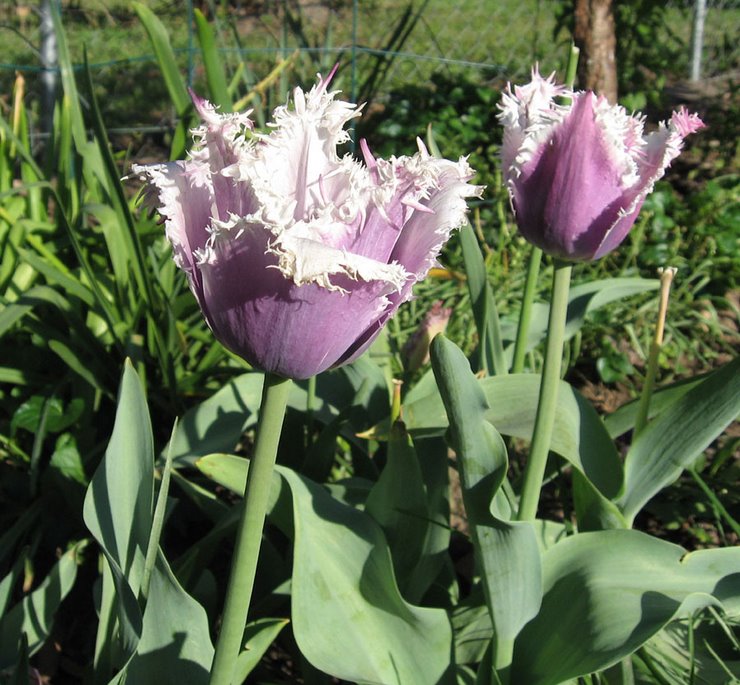 Bindweed, like the dandelion, is a deceptively pretty plant. The leaves are shaped like arrowheads, and are larger near the base than
near the ends of the stems. Flowers are trumpet shaped, and are white
or pink in color.
Bindweed, like the dandelion, is a deceptively pretty plant. The leaves are shaped like arrowheads, and are larger near the base than
near the ends of the stems. Flowers are trumpet shaped, and are white
or pink in color. The bad news? A single bindweed plant can spread more than ten feet in a single growing season. It is a prostrate plant unless it has something to climb like other plants, posts or fences. It grows rapidly, and soon covers anything in its path. This noxious weed has a huge root system with both deep vertical roots and wide shallow roots. The vertical roots can reach 20 feet in depth, though most of the root mass is in the top 2 feet of soil.
If bindweed is allowed to flower and go to seed, each blossom produces up to four seeds. These may remain viable for as many as 60 years.
 |
| Bindweed sprout |
Shade from taller plants will reduce its growth as long as it is not allowed to climb above the foliage of the other plantings. Mulch such as cardboard or heavy plastic can be used to deprive it of light as long as these are thoroughly overlapped so that plants cannot grow out from between pieces. Keep an eye on such mulches, as it will creep through any hole, or around the edges. It can take 3-5 years for the plant to die under the mulch layer.
You'll also need to prevent it from producing any seeds, by keeping it from blooming. If you break off the vines every time they sprout, it will never get big enough to bloom. Eliminating bindweed like this takes persistence over multiple years.

No comments:
Post a Comment